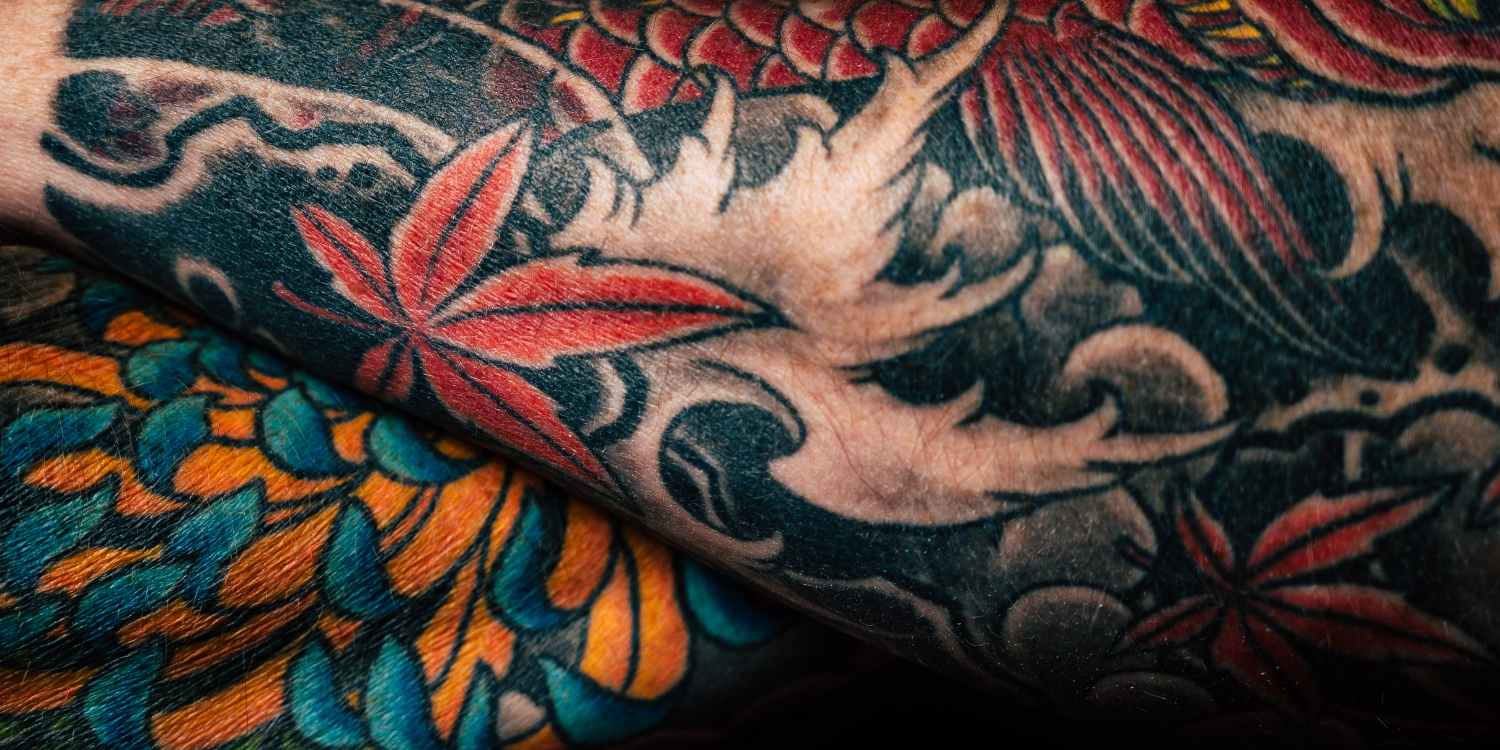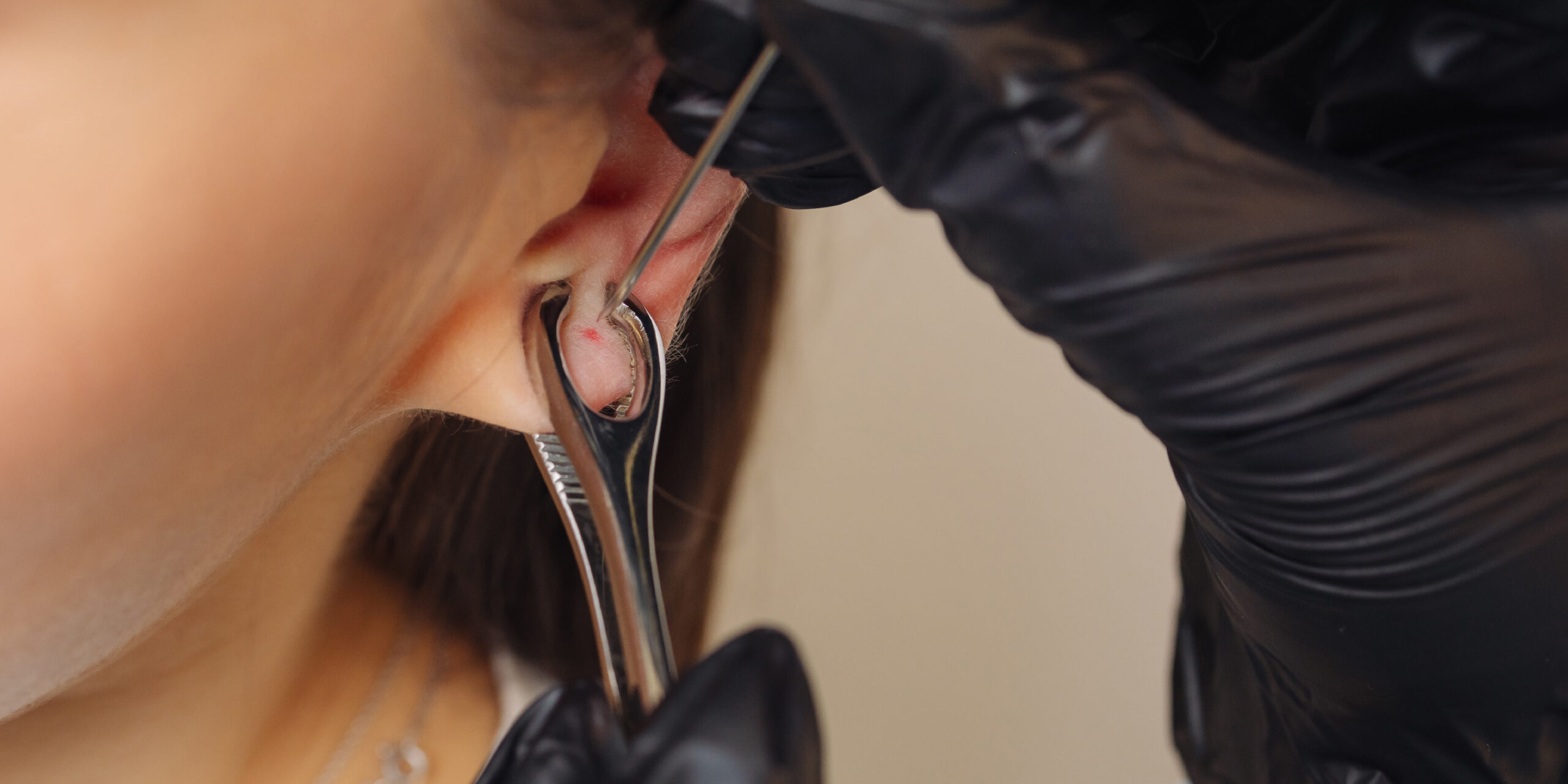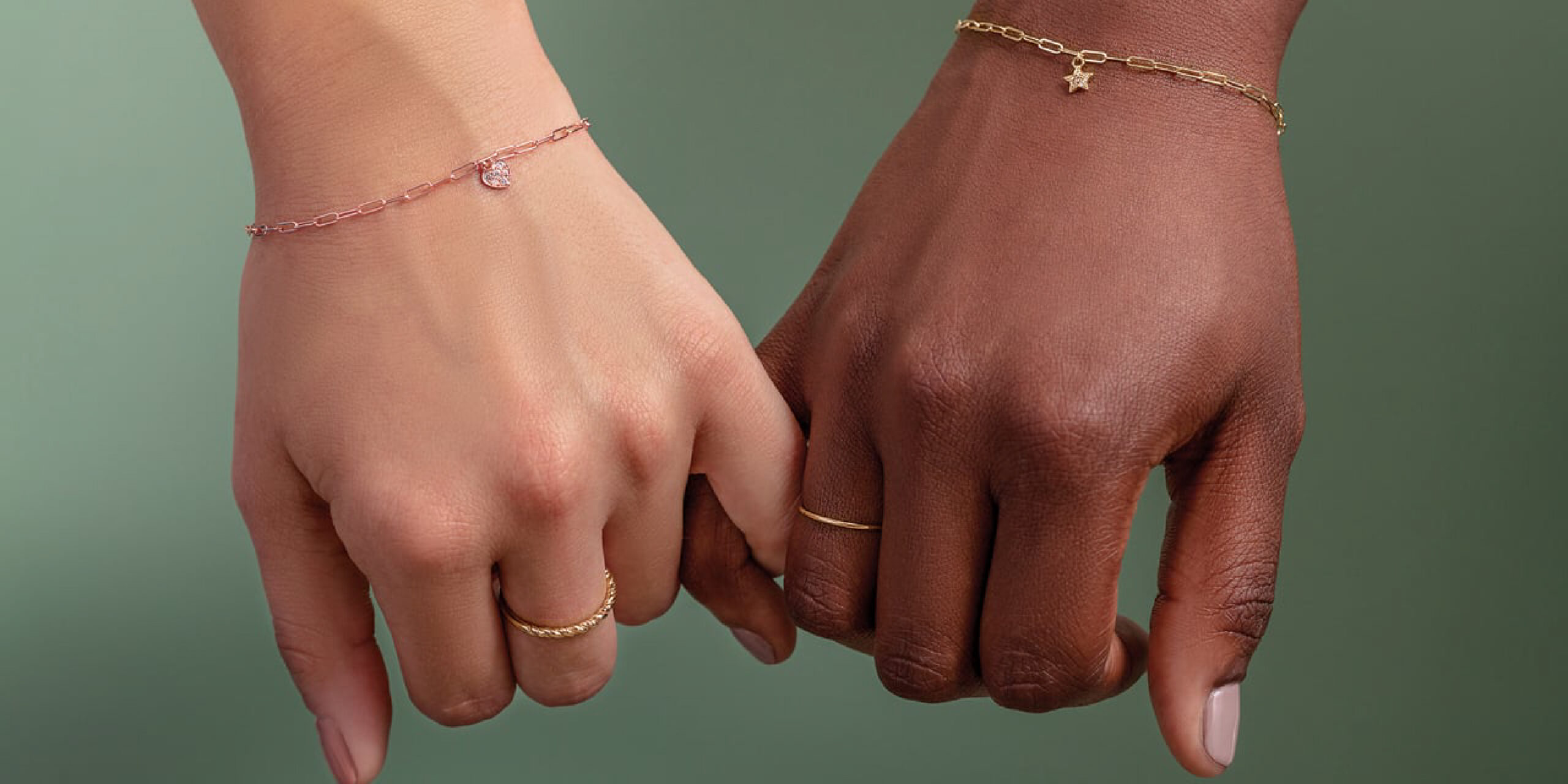Tattoos serve as a canvas of cultural expression, reflecting the traditions, beliefs, and identities of diverse societies around the world. Across different civilizations and epochs, tattoos have held profound cultural significance, serving as markers of heritage, rites of passage, and symbols of identity. Tattoos, as an art form and cultural practice, have traversed the sands of time, leaving indelible marks on societies across the globe.
Beyond their aesthetic appeal, tattoos hold profound cultural significance, serving as expressions of identity, rites of passage, and carriers of deep symbolism. In this blog post, we embark on a journey to explore the rich tapestry of cultural meanings associated with tattoos, delving into diverse traditions across different continents and civilizations. In this blog post, we will embark on a global journey to explore the rich tapestry of cultural significance attached to tattoos, uncovering the traditions, meanings, and rituals woven into these enduring forms of body art.
Tattoos in Indigenous Cultures:
Polynesian Tattoos:
In Polynesian cultures like Samoa, Tahiti, and Hawaii, tattoos, known as “tatau” or “ta moko,” have deep cultural significance.
Each tattoo design holds specific meanings, representing social status, genealogy, and personal achievements.
These tattoos often serve as a rite of passage, signifying maturity and identity within the community.
Maori Tattoos:
Maori tattoos from New Zealand, called “moko,” are intricate facial tattoos with elaborate patterns.
The designs convey a person’s lineage, social standing, and life story, making each moko a unique representation of one’s identity.
Tattoos in Asian Cultures:
Japanese Irezumi:
In Japan, traditional tattoos known as “irezumi” have a long history intertwined with folklore and mythology.
These elaborate full-body tattoos often depict mythical creatures like dragons and symbols of nature, signifying strength, courage, and protection.
Thai Sak Yant:
Sak Yant tattoos in Thailand are sacred tattoos blessed by monks and believed to offer protection, luck, and spiritual power.
Each Sak Yant design holds specific meanings and is chosen based on the wearer’s beliefs and aspirations.
Tattoos in Indigenous American Cultures:
Native American Tattoos:
Among Native American tribes, tattoos are a reflection of tribal affiliations, spiritual beliefs, and personal stories.
Designs often incorporate symbols representing elements of nature, animals, and ancestral connections.
Inuit Tattoos:
Inuit tattoos from Arctic cultures, such as those found in Alaska and Canada, feature symbolic designs that communicate cultural identity, family lineage, and experiences related to hunting and survival.
Tattoos in African Cultures:
Berber Tattoos:
Berber tattoos from North Africa, particularly in regions like Morocco and Algeria, symbolize cultural identity, spirituality, and protection.
Intricate geometric designs carry ancestral meanings and serve as markers of social status and belonging.
Nuba Tattoos:
Nuba tribes in Sudan utilize tattoos as a form of body decoration and cultural expression.
Tattoo designs among the Nuba are often elaborate and reflect the wearer’s social status, family lineage, and community belonging.
Modern Evolution of Cultural Tattoos:
Revival of Indigenous Traditions:
In many cultures worldwide, there’s a growing interest in reclaiming and preserving traditional tattoo practices.
Modern enthusiasts seek tattoos rooted in cultural heritage as a way to reconnect with their ancestral identities and traditions.
Fusion of Cultures:
In multicultural societies, tattoo enthusiasts often incorporate designs and symbols from various cultures, creating fusion tattoos that represent diverse heritages.
Meanings Behind Common Symbols:
Animals:
Animals often symbolize strength, resilience, spiritual connection, and cultural significance in many tattoo traditions.
For example, wolves signify loyalty and guardianship in some cultures, while turtles represent wisdom and longevity in others.
Geometric Patterns:
Geometric patterns, such as spirals, triangles, and circles, are prevalent in tattoos across cultures.
These patterns can symbolize cycles of life, unity, harmony, and connection to the cosmos in different cultural contexts.
Nature Elements:
Elements like water, trees, mountains, and the sun hold symbolic significance across cultures.
Water can represent life, purification, or change, while trees symbolize growth, strength, and ancestral connections.
Cultural Respect and Appropriation:
Respectful Appreciation:
Embracing cultural tattoos should be done with respect and understanding of their cultural significance.
Individuals seeking culturally inspired tattoos should approach them with awareness and appreciation for their deeper meanings.
Avoiding Appropriation:
Appropriation occurs when cultural symbols are used without understanding or respect for their significance.
It’s crucial to avoid superficial adoption of cultural tattoos without acknowledging their history and meanings.
Conclusion:
Tattoos transcend mere ink on skin; they are embodiments of cultural narratives, traditions, and identities. Across the globe, tattoos hold profound meanings deeply rooted in the histories and belief systems of diverse societies. As the art of tattooing continues to evolve, it’s essential to approach cultural tattoos with respect, acknowledging their rich significance and the heritage they represent. Embracing these diverse traditions fosters a deeper appreciation for the artistry and cultural narratives etched into the skin, turning tattoos into powerful symbols of connection, identity, and human expression.
Visit our Toronto or Montreal locations for any tattoo or piercing needs.













